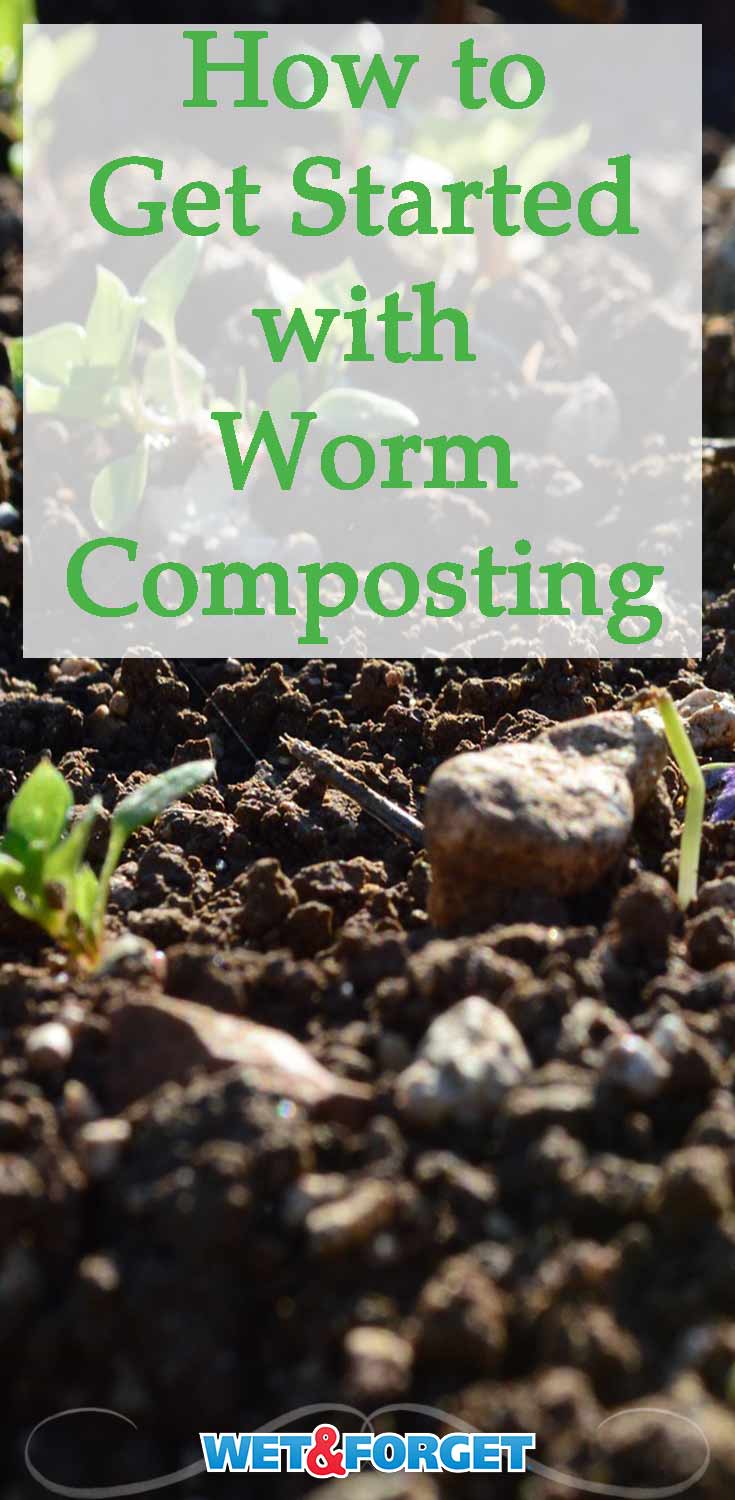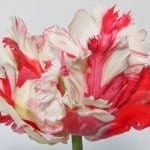
Worm Composting: An Inexpensive, Easy Way to Nourish Your Garden
You may not be doing a lot of gardening this fall, but you can create nutrient-rich fertilizer using worm composting. Worms make compost naturally by processing the nutrients in your table scraps into a form your plants can absorb.
The result nourishes your plants, costs less than store-bought products, and saves your garbage disposal some work. It’s also a fun biology lesson for the kids!
Getting Started with Worm Composting
Starting worm composting is surprisingly easy–no agriculture degree required. All you need are shallow boxes, leaves, or wet strips of newspaper for bedding, food scraps, and “red wiggler” worms.
Jen Fong and Paula Hewitt at Cornell University recommend boxes that measure approximately 24″ X 18″ X 8″ since red wigglers like to live close to the surface of the soil. You can buy special worm boxes, make your own wooden boxes, or any plastic container that is the right size.
The box needs to have a rodent-proof lid and air holes. Red wiggler worms (Eisenia foetida or Lumbricus rubellus) are readily available at gardening shops and online.
After you fill your boxes with moist bedding, place them in a warm, dark environment and put the worms on top. Once the worms have crawled into the bedding, you can add food scraps to one corner of the box and cover them with bedding.
Good food scraps for worm composting include tea bags, egg shells, coffee grounds, raw fruits, and raw vegetables. Fong and Hewitt warn not to add meat or other animal products, which will get smelly and attract pests. Use a straw or fork to mark where you added the scraps, and use a different corner each week.
Composting Care and Harvesting
When the worms have been at work for three to five months, it is time to harvest your compost and add fresh bedding. Move all the materials to one side of the box and add new bedding to the empty side.
Add scraps to the fresh bedding, allowing the compost side to dry. After one to two weeks, the worms will move to the fresh bedding, allowing you to remove the compost without disturbing them. Use the compost in your lawn or garden, or mix 1/3 compost with 1/3 soil and 1/3 vermiculite to make potting soil.
Want to learn more about composting? Click here
Image Source: Quadell











